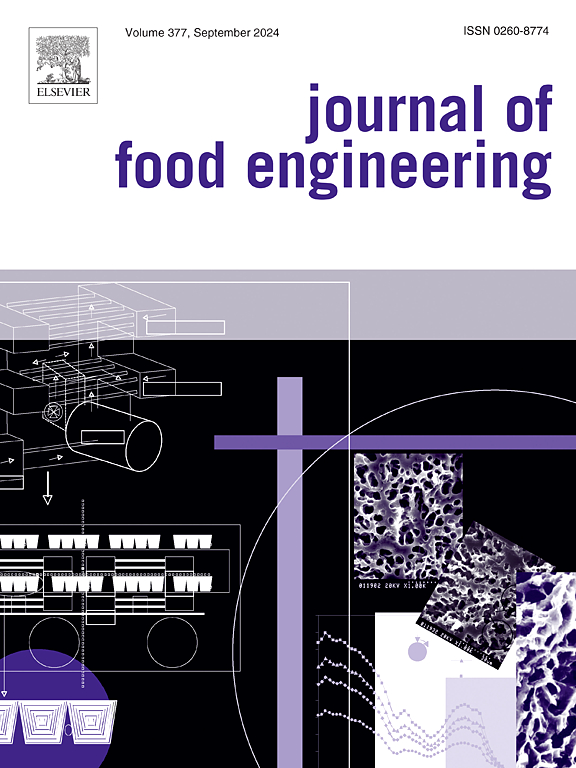Volatile flavor is a key indicator of food quality which can directly affect consumer preference and purchase intention. Electronic nose is considered as a promising intelligent sensory analysis tool for food flavor assessment, however, extracting effective features from the gas sensor array is still a major challenge, which largely determines the performance of subsequent classifiers. Here, a parallel long short-term memory (LSTM) network is proposed as a feature extractor for automatically extracting features from the whole time series of sensor responses in flavor discrimination of five Chinese vinegars. The network was trained by the temporal data from the sensor array and yielded different feature patterns corresponding to different vinegars, which were then fed to other conventional classifiers for pattern recognition. We also evaluated the influence of the extracted feature dimension that is related to the dimension of the hidden state of the LSTM layer on the classification performance. The results indicate that a larger dimension of extracted feature is unnecessary for promoting classification accuracy, instead, the optimum dimension 4 of the hidden state gives the highest accuracy of 95.8% in this application under the softmax evaluator. Moreover, much higher accuracies were obtained when combined with other sophisticated classifiers such as support vector machine. The results demonstrate that the proposed network is competent to extract features directly and automatically from the temporal data of the electronic nose.


